The COVID 19 pandemic has presented humanity with an array of challenges. The media has been overwhelmed in many aspects among them, on the type of information that needs to be fed to the public. Each passing day, a different story is told. At first, the focus was on the statistics of new cases, deaths, and recoveries. However, as days progressed, more and more ways of telling the COVID 19 story are devised. Stories of how the Coronavirus has affected the very fibre of the various Social-economic sectors become closer to home.
Amidst the pandemic which calls for strict adherence to preventive measures such as hand washing, physical distancing and masking up faces, these stories have to be told by someone. A journalist who goes out to the field to gather these stories is at risk just as the health personnel who is considered the number one frontline worker.
One afternoon as I sat in the newsroom, I looked at my colleagues and imagined for once, what the world would be like without these men and women who push the pen to ensure the dissemination of balanced and accurate information. I particularly focused my attention to key people in the newsroom and for once, thought about what they have to go through daily to get their end of the bargain delivered.
The Assignments Editor has to ensure that Reporters present ideas and eventually execute them to deliver desirable news stories. The Assignments Editor is the first point of call for a successful News bulletin or Newspaper edition. Besides, in this era of COVID 19, the Assignments Editor also has to ensure that their staff adheres to safety guidelines.
The 17 UNICEF safety guidelines for journalists reporting on COVID 19 start with a mantra that clearly states that;
“Our responsibilities are to cover news and not to become the news. We should not contribute to further spreading the Coronavirus or COVID-19. We not only have a responsibility towards ourselves but also to our families and society in general”.
Further guidelines speak to a Journalist adhering to hand washing, distant recording of at least six feet away from the news source, avoid lapel or clip-on mics to avoid physical contact and also to not place equipment on the floor during an assignment. These, among others, are the guidelines that every Journalist has to observe if they to stay safe from contracting the virus themselves. As it is, one can never be too careful.
A few names of Journalists come to mind as I ponder on these guidelines and ask myself if these pen pushers have lived up to the UNICEF mantra. Off course, Zambia has not recorded any case of a journalist testing positive to COVID 19 but the thought that even I or anyone of my colleagues are potential COVID 19 patients is scary.
I am punctured by the fact that it is sometimes unavoidable to meet people from different lifestyles who feed into the various stories and they could then be exposed to the virus.
A report from news24 that more than 50 journalists worldwide have died from coronavirus since March 1, as recorded by the Press Emblem Campaign is also more than enough to send shivers down my spine.
Zambia National Broadcasting Corporation journalist CHILESHE KANGWA is one of those that have been on hand to give live updates on COVID 19 from the Ministry of Health. Ms KANGWA on several occasions has attested to the fact that the Global fund Boardroom at Ndeke House is equipped with all the necessary hygienic materials that those attending the daily COVID 19 updates need. She has also indicated that she is not scared of contracting the virus adding that journalists are at liberty to undergo the test. But she has her fears.
“… It’s the deaths, Ruth. I fear news of recording more deaths. I think one of the things of being on the ground is getting attached to each case…”
Another journalist I interacted with mentioned that she dreaded the thought of being quarantined to a public facility.
“…I have covered stories from various spots that can be deemed to have been contaminated and my greatest fear now is to be separated from my loved ones if I were to test positive to the virus…”
She added that working as a journalist this time around meant isolating yourself from your loved ones provided you interact with people from all walks of life.
” …can you imagine when I went to the hospital to seek medical attention for something else, the nurses teased and jokingly said they could not attend to me because I had been all over covering COVID 19 related activities and therefore I could be a potential patient…”she said
University of Zambia lecturer in Media Studies, BRENDA BUKOWA observed that the media has been above par but can do better in the areas of critical thinking, research, and adaptation of analysis to ensure that the audience understands.
Dr BUKOWA noted that journalists need to think beyond the statements that are issued by various stakeholders during the COVID 19 daily updates and conduct their research.
“… for instance, the journalist must be able to ask a question on what incentives the health worker who has recovered from COVID 19 after testing positive is being given, are they going back to work, what are their conditions of service…”
However, the Zambian situation when it comes to the media’s role during the COVID 19 pandemic is not at variance with others on the African continent.
A conversation with a colleague from Tanzania revealed that the media in that country is relies on government updates to write COVID 19 related stories, because precautions have to be observed.
LEAH MASHI, a media trainer explained that some television stations are no longer hosting guests in the studio to reduce people being exposed to each other.
“… measures have been put in place in most media houses to allow journalists to work in shifts. Journalists are also not allowed anywhere near Corona hospitals and very few doctors are allowed to talk about COVID 19…”
BERNARD YIGA a journalist with the Uganda Broadcasting Corporation television says the media in that county is now packed with stories related to hunger, unemployment, security deployment and arrests of curfew defaulter as a result of the countrywide lockdown.
“… the government is using the National broadcaster TV and radio stations as well as official government social media channels…”
The narrative of how the media in Mozambique is dealing with COVID 19 is not any different. Since the first cases of COVID 19 broke out in Mozambique, in March, the local Press has been working to report and appeal to citizens to prevent the disease.
SALMA INOCE’NCIA, a journalist in that country, however, said the big challenge is to control the flow and origin of the ‘fake news’ on social media.
“…Since COVID-19 is under international research, there are many myths and untruths spread and people believe. Journalists should look for resources to improve their approach to the pandemic. …”
It is gratifying to note that the United Nations is concerned with the state of journalists in the entire world. Secretary-General ANTONIO GUTERRES in his World Press Freedom Day statement noted that as the COVID-19 pandemic spreads, it has also given rise to the second pandemic of misinformation, from harmful health advice to wild conspiracy theories.
The UN Secretary-General further added that the Press provides the antidote: verified, scientific, fact-based news and analysis.
“…And we call on governments to protect media workers, and to strengthen and maintain Press freedom, which is essential for a future of peace, justice and human rights for all…” – António Guterres.
And on May 3, I will be glad to join in celebrations of World Press Freedom Day and remember all the journalists who are putting their lives at risk in an increasingly complex media landscape.
Ruth Kanyanga Kamwi is a Journalist and Media Specialist and the Graça Machel Trusts’ Women in Media (WiMN) Member
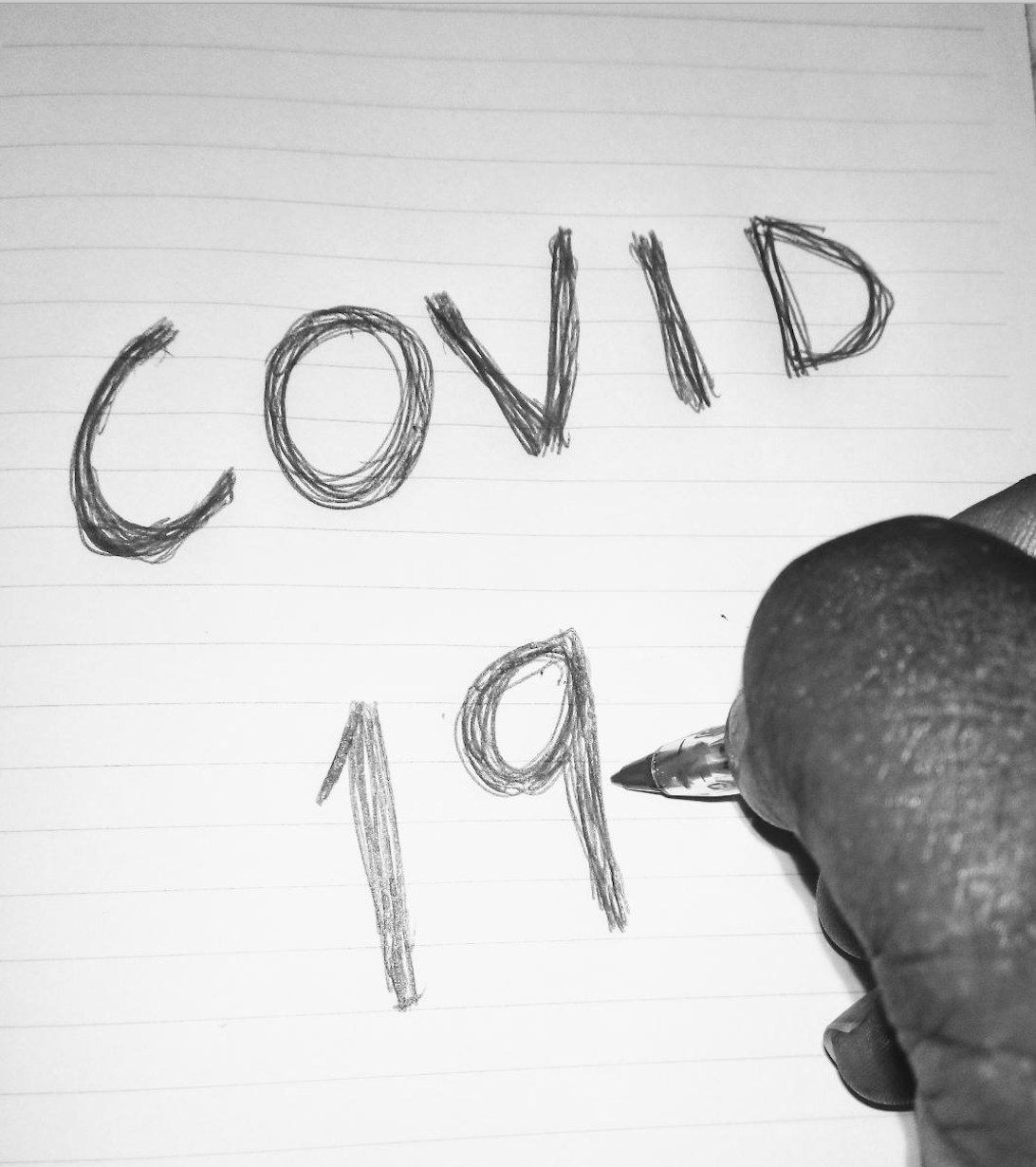



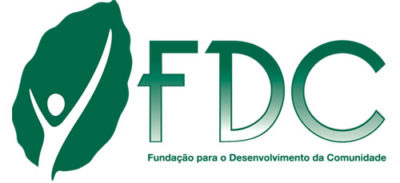
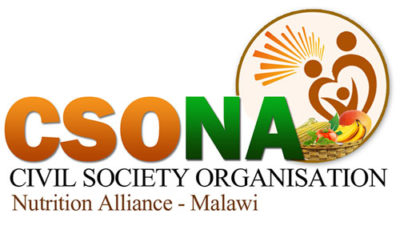
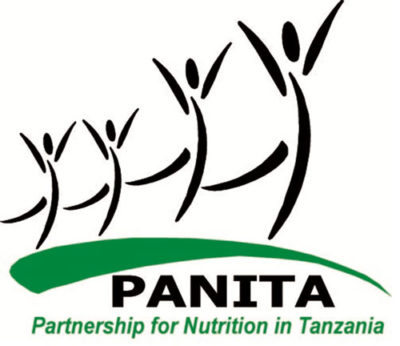
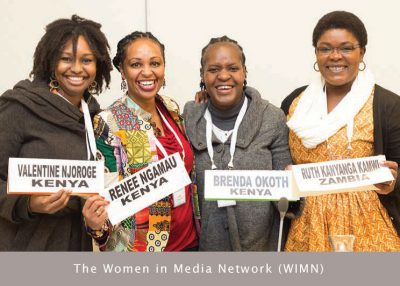
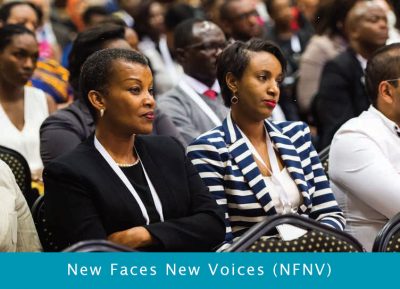
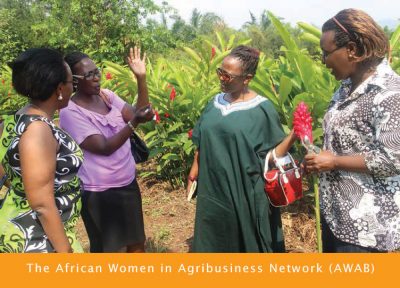
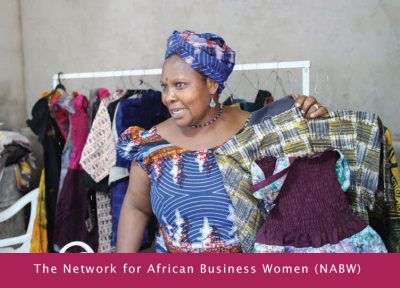
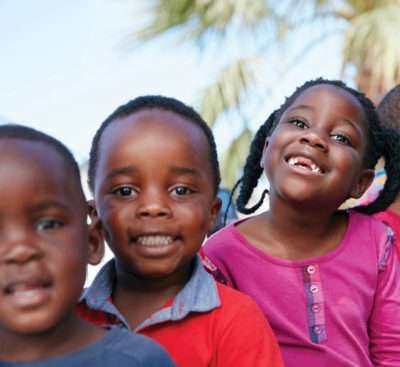 The Trust supports and mobilises civil society networks on issues of ending child marriage, ending violence against children, ending female genital mutilation and promoting children’s rights, to carry out advocacy and action across Africa. Special focus is placed on Malawi, Mozambique, Tanzania and Zambia where child marriage continues to be a problem largely driven by poverty, gender inequality, harmful traditional practices, conflict, low levels of literacy, limited opportunities for girls and weak or non-existent protective and preventive legal frameworks.
The Trust supports and mobilises civil society networks on issues of ending child marriage, ending violence against children, ending female genital mutilation and promoting children’s rights, to carry out advocacy and action across Africa. Special focus is placed on Malawi, Mozambique, Tanzania and Zambia where child marriage continues to be a problem largely driven by poverty, gender inequality, harmful traditional practices, conflict, low levels of literacy, limited opportunities for girls and weak or non-existent protective and preventive legal frameworks.




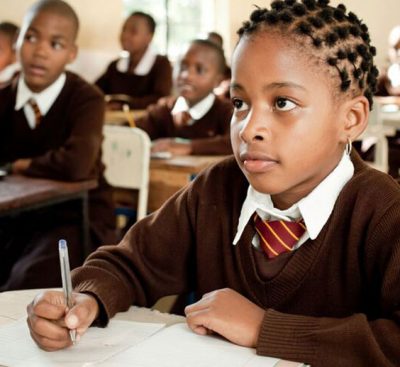 Education is a fundamental right for all children, which is also a vehicle for social, economic and political transformation in communities, countries and the African continent at large. Recent studies indicate a lack of progress in some of the critical commitments aimed at improving education quality, access, retention and achievement, particularly for girls. In most African countries, girls may face barriers to learning, especially when they reach post-primary levels of education. By implementing multi-dimensional approaches to education which includes core education, personal development, life skills and economic competencies, the Trust partners with funding partners, governments, civil societies and the private sector to improve education access.
Education is a fundamental right for all children, which is also a vehicle for social, economic and political transformation in communities, countries and the African continent at large. Recent studies indicate a lack of progress in some of the critical commitments aimed at improving education quality, access, retention and achievement, particularly for girls. In most African countries, girls may face barriers to learning, especially when they reach post-primary levels of education. By implementing multi-dimensional approaches to education which includes core education, personal development, life skills and economic competencies, the Trust partners with funding partners, governments, civil societies and the private sector to improve education access.

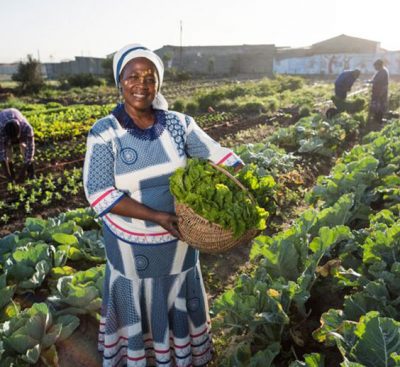 The Nutrition and Reproductive, Maternal, New-born, Child and Adolescent Health and Nutrition, (RMNCAH+N) of the Children’s Rights and Development Programme aims at promoting the Global Strategy for women, children and adolescents’ health within the Sustainable Development Goals (SDG) agenda. The strategy emphasises on the importance of effective country leadership as a common factor across countries making progress in improving the health of women, children and adolescents.
The Nutrition and Reproductive, Maternal, New-born, Child and Adolescent Health and Nutrition, (RMNCAH+N) of the Children’s Rights and Development Programme aims at promoting the Global Strategy for women, children and adolescents’ health within the Sustainable Development Goals (SDG) agenda. The strategy emphasises on the importance of effective country leadership as a common factor across countries making progress in improving the health of women, children and adolescents. Through its Early Childhood Development (ECD) plan, The Trust will seek to put into action the new science and evidence Report that was presented by Lancet Series on Good and early development – the right of every child. This will be achieved by mobilising like-minded partners to contribute in the new science and evidence to reach all young children with ECD. The Trust’s goal is to be a catalyst for doing things differently, in particular, to rid fragmentation and lack of coordination across ECD sectors. In response to evidence showing the importance of political will in turning the tide against the current poor access and quality of ECD. Even before conception, starting with a mother’s health and social economic conditions, the early years of a child’s life form a fundamental foundation that determines whether a child will survive and thrive optimally.
Through its Early Childhood Development (ECD) plan, The Trust will seek to put into action the new science and evidence Report that was presented by Lancet Series on Good and early development – the right of every child. This will be achieved by mobilising like-minded partners to contribute in the new science and evidence to reach all young children with ECD. The Trust’s goal is to be a catalyst for doing things differently, in particular, to rid fragmentation and lack of coordination across ECD sectors. In response to evidence showing the importance of political will in turning the tide against the current poor access and quality of ECD. Even before conception, starting with a mother’s health and social economic conditions, the early years of a child’s life form a fundamental foundation that determines whether a child will survive and thrive optimally.